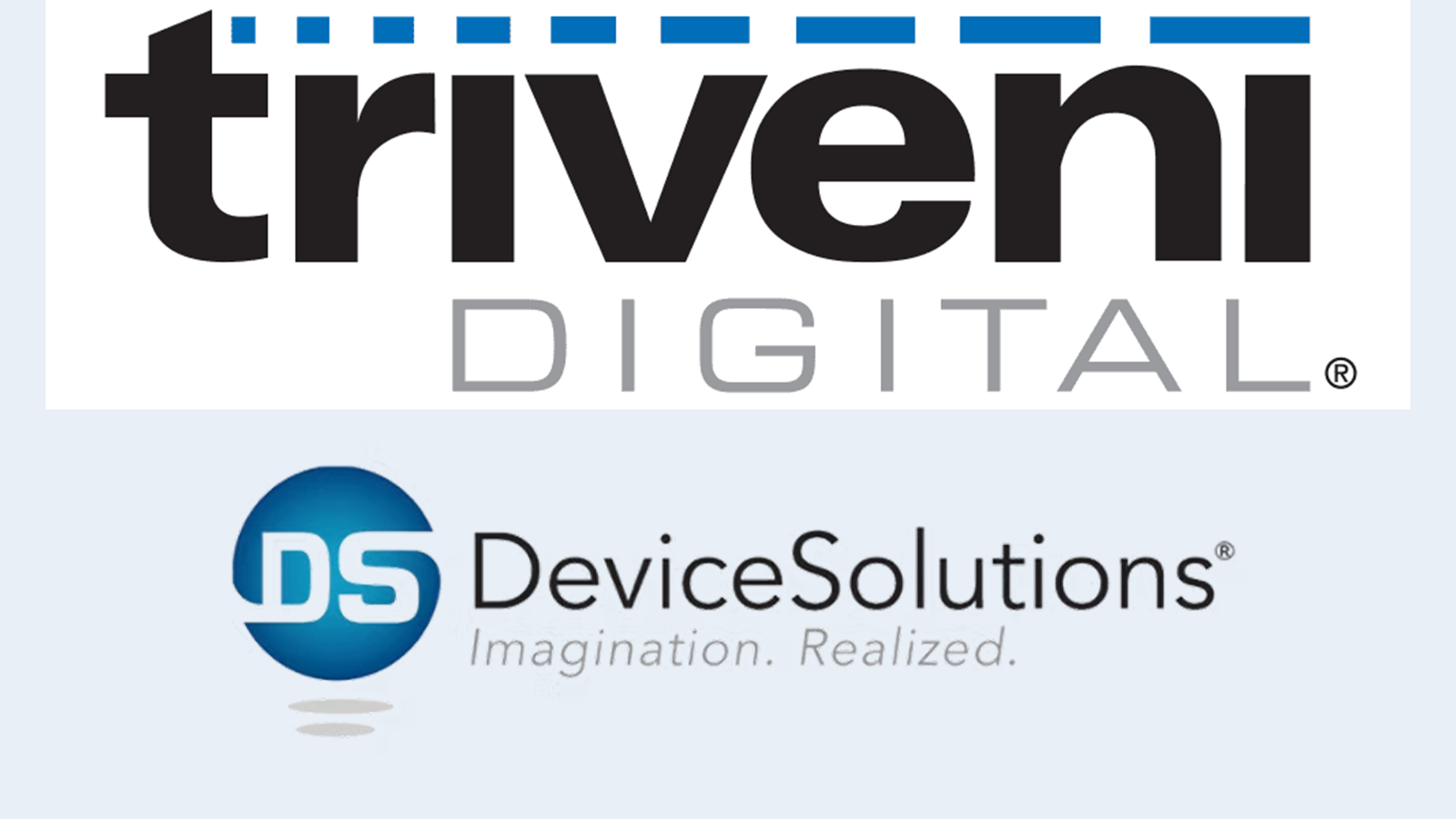Spectrum Sharing Innovation Test-bed to Use TV Channels 14-20
The FCC has designated the spectrum it will contribute to the spectrum sharing innovations test-bed, a collaboration between the commission and the National Telecommunications and Information Administration to evaluate new methods for sharing spectrum among different users and services.
NTIA contributed the 410 to 420 MHz band and the FCC has decided to contribute 10 MHz of spectrum between 470 and 512 MHz. Because these frequencies are used for TV broadcasting and land-mobile systems, including public safety, the 10 MHz portion of the band used for the test-bed will vary depending on location and existing users. The test-bed—which uses government spectrum from NTIA and public spectrum from the FCC—was mandated by the President’s Spectrum Policy Initiative established in 2003.
I first reported on the spectrum sharing test-bed in the June 16, 2006 RF Report and noted that the FCC was considering unused TV channels and spectrum in the 12 GHz microwave band for the experiment. At that time the term “interference temperature” was used to describe a way to dynamically allocate spectrum based on real-time usage. In the August 3, 2006 RF Report, I described the response from NAB and MSTV, which supported the experiment as long as it did not use TV spectrum.
In announcing the spectrum allotment in the Public Notice (DA 08-295), the FCC said the 470-512 MHz band, containing both broadcast TV and land-mobile radio systems, will provide the greatest benefits to meeting the goals set out in the President’s Spectrum Initiative.
“This band will allow for evaluation of adaptive radio equipment in the presence of additional radio services and provides a reasonable separation from the 410-420 MHz federal band to allow tests which pair the federal and non-federal frequency bands,” the FCC said. The bandwidth for any given test will be limited to 10 MHz, which the FCC said, “will allow for some guard band at the edges of the 6-megahertz wide TV channels.”
Entities interested in conducting tests using the test-bed spectrum must obtain an experimental license under Part 5 of the FCC rules and abide by NTIA requirements, including participation in specific tests and evaluations NTIA expects to carry out at its Colorado laboratories. Applicants must specify which 10 MHz portion of the 470-512 MHz band they will use and the geographic area where the test will be conducted. The FCC will review the proposals on a case-by-case basis “to ensure that incumbent users in or near the test bands do not incur harmful interference” and noted that all operations under the Part 5 experimental rules are on a noninterference basis.
In previous releases on the spectrum sharing test-bed, the FCC listed the criteria to be used in evaluating the tests:
- How well does the proposed technology achieve the goal of the test-bed?
- How readily available is the equipment proposed for the test-bed?
- How well does the proposed technology explore creative and original concepts in spectrum sharing?
- For the proposed technology, can the results of the test-bed be disseminated broadly to enhance scientific and technologic understanding?
- How well does the proposed technology address the potential impact on the incumbent spectrum user(s)?
- Can the proposed technology be adapted for a variety of services and applications, including broadband, military/homeland security, and public safety?
- Are there any technical factors that limit the proposed technology to a specific frequency range?
- Will the necessary technical support be provided to assure performance of the equipment during the test-bed?
It is important to note that this testing is unrelated to the TV “white spaces” testing currently underway at the FCC laboratories, as this test bed involves sharing on a time and demand basis as well as a signal level and occupancy basis. While it’s been several years since I did much “scanning” in a major metropolitan area, I doubt the spectrum usage has changed much. I would scan 16 or more channels and with the exception of a few frequencies used for dispatch, many channels would remain silent for tens of minutes, even hours, before there was any activity on them.
The goal of the spectrum sharing innovation test-bed is to dynamically allocate frequencies so that more communication can take place using less spectrum. The concern, of course, is that certain events, such as a major fire or natural disaster such as an earthquake could suddenly increase the need for communications and result in critical services competing for a limited number of spectrum slots. However, it may be possible to share spectrum between services that are unlikely to require the same spectrum at the same time. The spectrum innovation test-bed should identify those opportunities and the technology necessary to exploit them.
The professional video industry's #1 source for news, trends and product and tech information. Sign up below.

Doug Lung is one of America's foremost authorities on broadcast RF technology. As vice president of Broadcast Technology for NBCUniversal Local, H. Douglas Lung leads NBC and Telemundo-owned stations’ RF and transmission affairs, including microwave, radars, satellite uplinks, and FCC technical filings. Beginning his career in 1976 at KSCI in Los Angeles, Lung has nearly 50 years of experience in broadcast television engineering. Beginning in 1985, he led the engineering department for what was to become the Telemundo network and station group, assisting in the design, construction and installation of the company’s broadcast and cable facilities. Other projects include work on the launch of Hawaii’s first UHF TV station, the rollout and testing of the ATSC mobile-handheld standard, and software development related to the incentive auction TV spectrum repack. A longtime columnist for TV Technology, Doug is also a regular contributor to IEEE Broadcast Technology. He is the recipient of the 2023 NAB Television Engineering Award. He also received a Tech Leadership Award from TV Tech publisher Future plc in 2021 and is a member of the IEEE Broadcast Technology Society and the Society of Broadcast Engineers.
